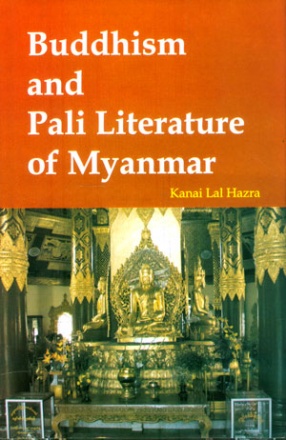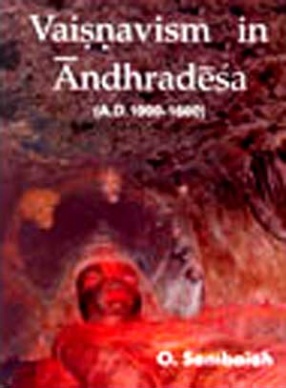The book comprises twenty papers. The first seventeen papers are based on Vedic themes and the last three on non-Vedic themes. The first two papers deal with the aitihasika interpretation of the Vedas which was alluded to in the pages of Nirukta by Yaska. The author has advocated boldly that this type of interpretation will result in a decision of the date of Vedas also, at least approximately. Similarly, the other two papers, viz, the Battle of Hariyupiya and Devapi Arstisena were also written with the same point in view. The author emphasizes the fixation of date of Devapi, whom he claims to be historically connected with Santanu, taking the Kali Era into account. There are some papers like Indra and Trisiras, the Rbhus in the Vedas, Saranyu and Vivasvat, etc., which, according to him, are mythical accounts. But his reconstruction of the lives of Dadhyanc, Ucathya, Samvarta, Trita, Subandhu and his brothers, King Tryaruna appears to be convincing-these men, he says, actually lived on this earth. The dialogue of Agastya and Lopamudra is dealt by him in the light of the narration found in the Mahabharata, but the dialogue of Yama and Yami could not be supported by Epico-Puranic sources. The two papers on humanism in Regveda and the status of women in the Kalpasutras show the author’s interest in behavioural themes.
Bamiyan: Challenge to World Heritage
$22.50
$25.00





There are no reviews yet.